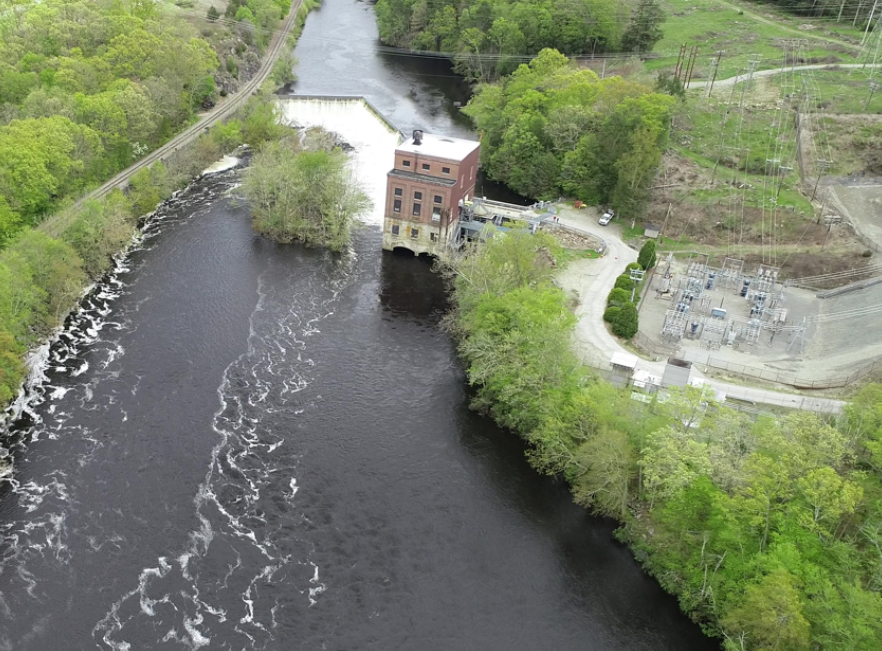Hybrid Energy Solutions
FirstLight is a leading clean power producer, developer, and energy storage company with diversified portfolio that includes over 1.6 GW of operating renewable energy and energy storage technologies and a development pipeline with 4+ GW of solar, battery, and offshore wind projects.

Our Hybrid Approach
At FirstLight, we specialize in curating hybrid renewable energy solutions that pair different technologies such as hydroelectric, pumped-hydro storage, solar, large-scale battery, and wind power to create reliable clean energy for the communities we serve.
Offshore Wind + Pumped Hydro Energy Storage
As the development of offshore wind accelerates across North America, the need for storage assets like pumped-hydro to store and release energy as the grid demands grows.
Pumped-hydro energy storage resources like our flagship facility at Northfield Mountain are well suited to pair with offshore wind generation. Pairing offshore wind and large-scale pumped hydro energy storage drastically improves the flexibility of the wind energy and helps to maximize the value of our renewable generation.


Development Project Spotlight: Leading Light Wind

Leading Light Wind is an American-led offshore wind project that will deliver locally sourced renewable energy to the East Coast. Developed by Invenergy and energyRe with funding from FirstLight, Blackstone Infrastructure Partners, CDPQ, and the Ullico Infrastructure Fund, the project, upon completion, will provide 2,000+ MW of clean power to the Northeast – enough clean energy to power 650,000+ homes annually.
Large-scale offshore wind projects like Leading Light Wind are well suited to pair with high-capacity pumped-hydro energy storage assets like FirstLight’s Northfield Mountain to deliver needed flexibility to the grid as the energy transition progresses, and intermittent renewables like windpower make up a larger portion of our energy mix.
Solar + Hydroelectric + Battery Energy Storage
Solar, hydroelectricity, and energy storage are all critical to our efforts to fully decarbonize the electric grid. Here at FirstLight we are working to combine these different technologies to drastically improve both the flexibility and reliability of these clean resources.
By taking this approach, FirstLight is helping advance an electric system that is clean, reliable, affordable, and equitable.



Development Project Spotlight: Tunnel Battery System

FirstLight’s Tunnel Battery Energy Storage System (BESS) project, being developed in collaboration with New Leaf Energy, will replace the Tunnel Jet Gas Peaker, which is scheduled to be decommissioned in 2023.
The 17 MW Battery System will provide equivalent energy to the existing fossil-powered peaker but will deliver new benefits to the grid by charging when surplus energy exists on the grid that would otherwise go unused while reducing GHG emissions.
The Tunnel Battery Project will be co-located with FirstLight’s Tunnel Hydro facility, highlighting the opportunity to pair batteries with hydropower to increase renewable energy supplied to Connecticut communities and maximize the flexibility of these clean resources.